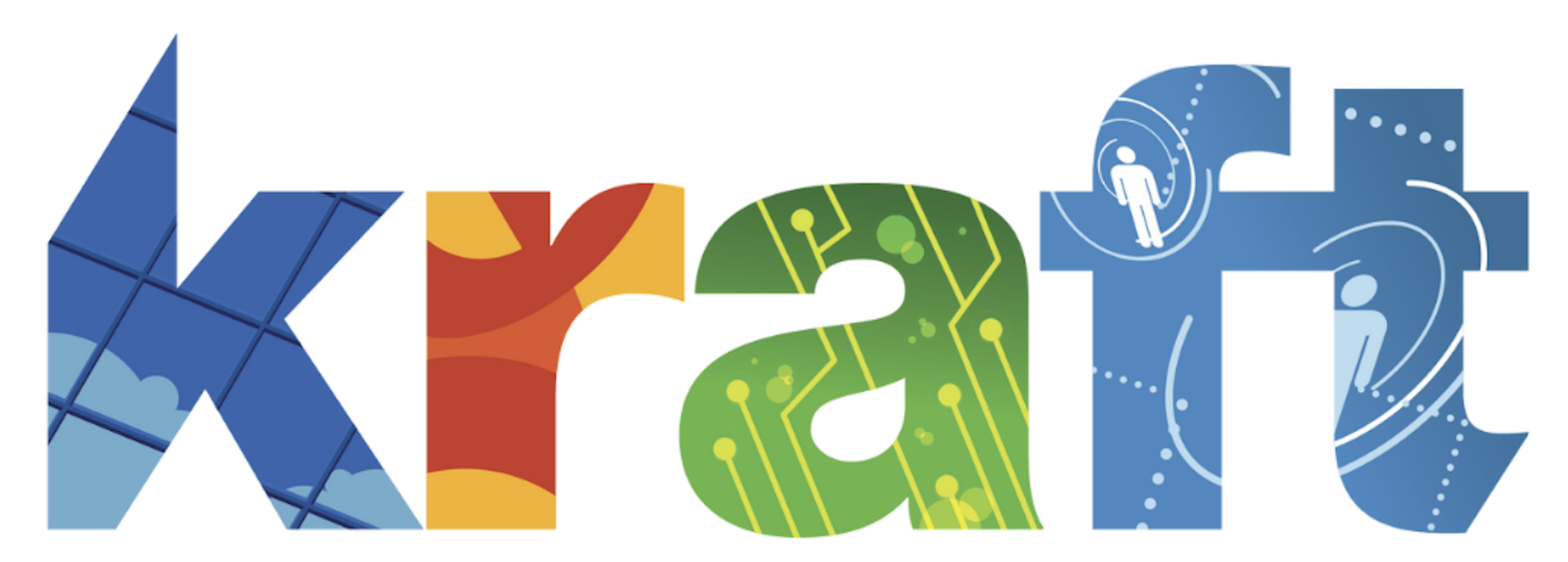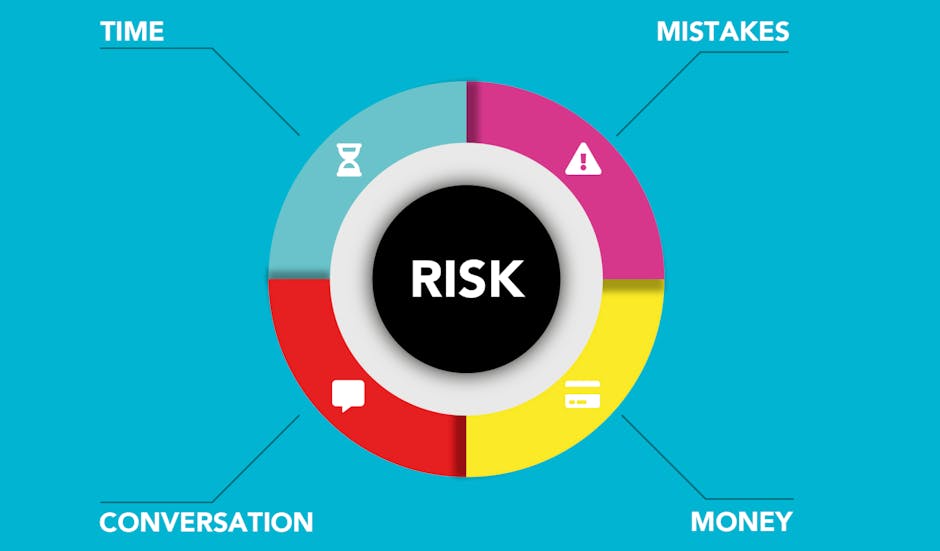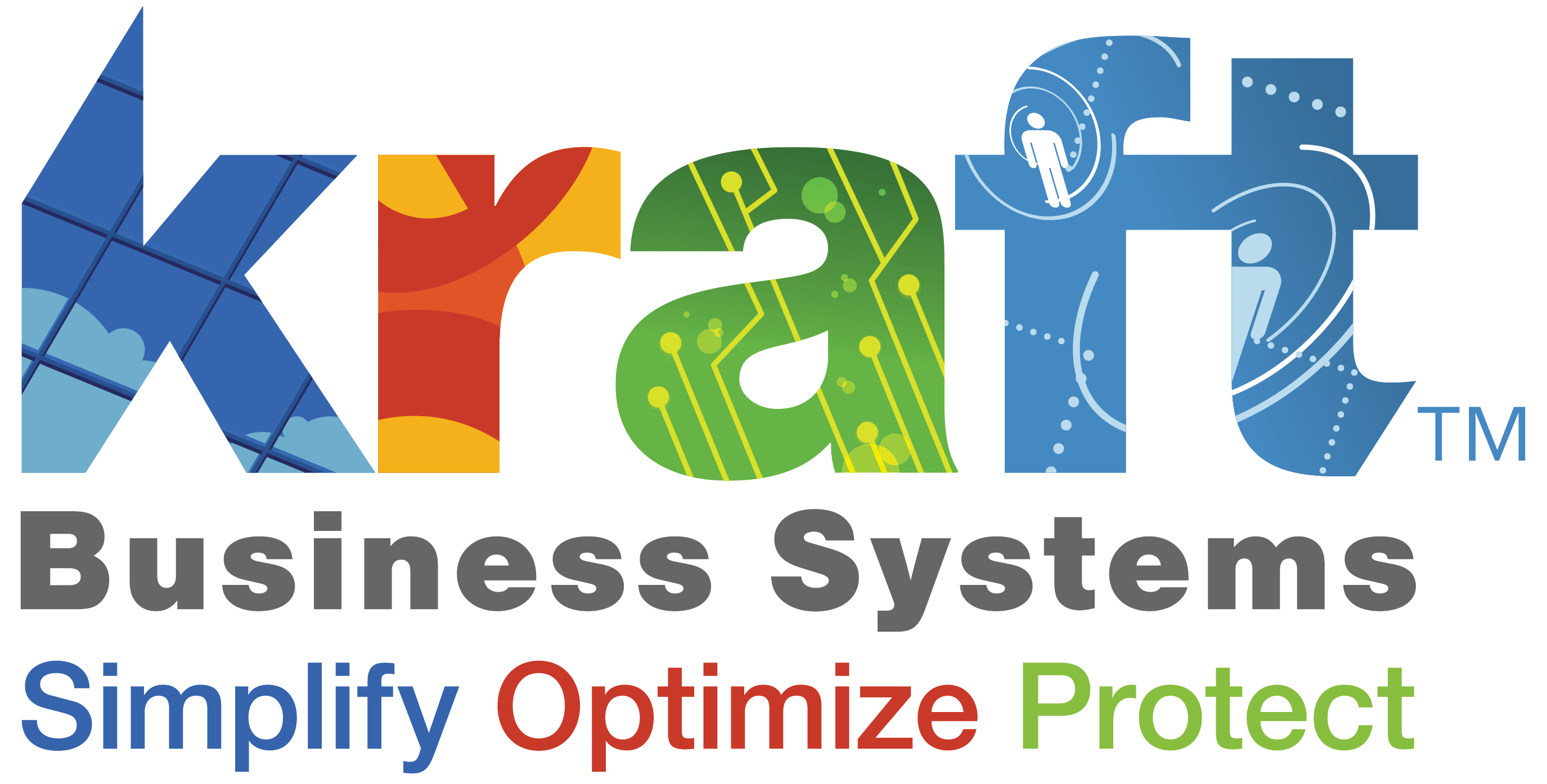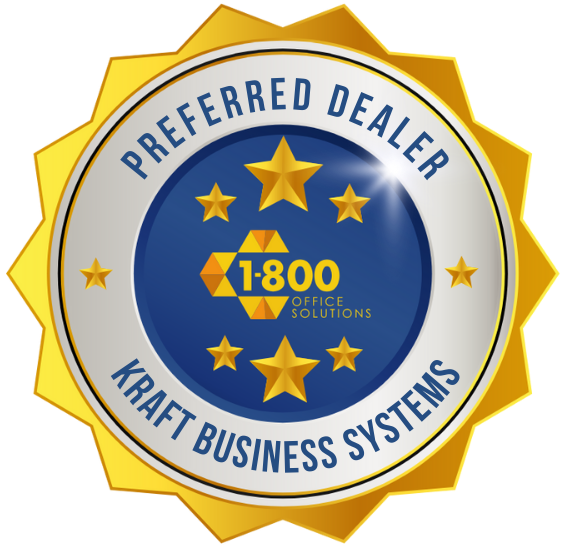GRC Risk Management is a powerful tool for business leaders aiming to streamline governance, reduce risks, and ensure compliance across all departments. This guide solves the essentials of GRC, highlighting why it matters and how it can transform your operations.
- Governance: Establishes a robust framework for managing and controlling your business effectively.
- Risk Management: Identifies potential threats and implements strategies to mitigate financial impacts.
- Compliance: Ensures that your business adheres to laws and regulations, promoting ethical practices.
When regulatory landscapes are constantly shifting, adopting a comprehensive GRC strategy isn’t just beneficial; it’s essential for long-term success. By integrating governance, risk management, and compliance, businesses can improve transparency, improve efficiency, and foster a proactive risk-aware culture.
Easy grc risk management word list:
Understanding GRC Risk Management
GRC Risk Management is about integrating governance, risk, and compliance into a unified approach that aligns with your organization’s goals. But how does it all come together?
Governance: Laying the Foundation
Governance is the backbone of any successful organization. It involves setting up processes and structures that guide your business towards achieving its objectives. Think of it as the rulebook for how your company operates, ensuring everyone is on the same page. Good governance helps in making informed decisions, maintaining accountability, and fostering a culture of integrity.
Risk management is all about identifying potential threats and finding ways to deal with them before they become problems. This includes assessing risks in various areas like finance, operations, and cybersecurity. By understanding these risks, businesses can develop strategies to minimize their impact. For instance, a strong risk management plan can protect a company from financial losses due to unexpected events.
Compliance: Staying on the Right Side of the Law
Compliance ensures that your business follows all relevant laws and regulations. It’s about doing the right thing and avoiding legal penalties. Compliance isn’t just about avoiding fines; it’s about building trust with customers, partners, and regulators. A well-managed compliance program can improve your company’s reputation and open up new business opportunities.
OCEG: The Pioneers of GRC
The Open Compliance and Ethics Group (OCEG) is a key player in GRC. They were among the first to define and promote the integrated approach to governance, risk, and compliance, known as Principled Performance. OCEG’s framework helps organizations achieve their goals while managing risk and maintaining integrity.
By understanding and implementing these core components of GRC, businesses can create a cohesive strategy that supports their mission and improves operational efficiency. This integrated approach not only reduces risks but also drives sustainable growth and success.
Core Principles of GRC
Governance: Ethical Management at Its Core
At the heart of GRC Risk Management is governance, which ensures that an organization is managed ethically and in line with its goals. Governance involves the creation of policies and procedures that guide decision-making and behavior within the company. This is not just about setting rules but fostering a culture of integrity and accountability.
Ethical management means leaders make decisions that are not only legally compliant but also morally sound. This helps build trust with stakeholders and ensures that the organization operates smoothly and transparently.
Risk: Identifying and Mitigating Threats
Risk management is the proactive process of identifying, assessing, and addressing potential threats to an organization. These threats can be financial, operational, or strategic. Effective risk management involves categorizing risks and developing strategies to minimize their impact or leverage them for competitive advantage.
For instance, by regularly assessing risks, a company can avoid financial pitfalls or operational disruptions. This forward-thinking approach ensures that the organization is prepared for uncertainties and can continue to thrive in a volatile environment.
Compliance: Aligning with Standards and Regulations
Compliance is about ensuring that your organization adheres to all applicable laws, regulations, and standards. This is crucial for avoiding legal issues and maintaining a good reputation. Compliance programs involve regular audits and assessments to ensure that all operations align with legal requirements and best practices.
A strong compliance framework not only helps in avoiding fines and penalties but also improves the company’s credibility. It reassures customers and partners that the business is committed to ethical practices and quality standards.
The Intersection of Governance, Risk, and Compliance
The real strength of GRC Risk Management lies in the intersection of these three components. By integrating governance, risk, and compliance, organizations can achieve a holistic view of their operations. This integrated approach breaks down silos, encourages collaboration, and leads to more informed decision-making.
The Open Compliance and Ethics Group (OCEG) has been instrumental in advocating for this integrated approach. Their framework, known as Principled Performance, emphasizes achieving objectives while managing risks and maintaining integrity. This approach not only protects the organization but also supports sustainable growth and success.
By focusing on these core principles, businesses can build a robust GRC framework that supports their mission and improves operational efficiency. This not only reduces risks but also drives long-term success.
Benefits of Implementing GRC Risk Management
Implementing GRC Risk Management comes with a host of benefits that can transform how organizations operate. Let’s explore some of these key advantages:
Reduced Costs
One of the standout benefits of GRC implementation is cost reduction. By streamlining processes and eliminating redundant activities, organizations can significantly cut down on wasteful spending. GRC simplifies operations by integrating governance, risk, and compliance activities. This integration reduces the need for multiple systems and tools, leading to efficient resource allocation and lower operational costs.
Improved Security
Security is a major concern for any organization. With GRC, businesses gain increased visibility into potential risks, threats, and vulnerabilities. This heightened awareness allows for proactive management of cybersecurity threats and other risk vectors. By identifying and addressing these risks early, companies can safeguard their infrastructure and protect sensitive data from breaches.
Improved Compliance
Staying compliant with industry standards and regulations is essential for avoiding legal troubles and maintaining a positive reputation. GRC frameworks help organizations achieve and maintain compliance by providing structured approaches to meet regulatory requirements. This not only protects businesses from fines and penalties but also builds trust with stakeholders by demonstrating a commitment to ethical practices.
Operational Efficiency
GRC improves operational efficiency by automating routine tasks and streamlining workflows. This automation reduces duplication of efforts and allows for quick and accurate information gathering. As a result, employees can focus on more strategic tasks, boosting overall productivity. Moreover, GRC encourages transparency and accountability, fostering a culture of trust and collaboration within the organization.
By leveraging these benefits, organizations can not only mitigate risks but also drive sustainable growth and success. The next section will dig into the tools and software that make implementing GRC seamless and effective.
GRC Software and Tools
When it comes to implementing GRC Risk Management, having the right software and tools is crucial. These tools help streamline processes and improve the effectiveness of governance, risk management, and compliance efforts. Let’s explore some key components of GRC software and how they can benefit your organization.
Risk Examination and Assessment Tools
Risk examination and assessment tools are the backbone of GRC software. They provide organizations with the ability to identify, evaluate, and manage risks effectively. These tools help link risks to business processes, internal controls, and operations, ensuring a comprehensive approach to risk management.
With these tools, businesses can continuously monitor critical risks and controls, quickly identifying changes in risk posture. This proactive approach allows companies to address potential issues before they escalate, safeguarding their operations and assets.
GRC Software
GRC software integrates various applications into a single, cohesive package. This integration allows organizations to pursue a systematic approach to managing their GRC strategy. Instead of juggling multiple siloed applications, businesses can use a single framework to monitor and enforce rules and procedures.
Effective GRC software includes features such as policy management, audit management, and third-party risk management. By providing a structured approach to compliance with legal and regulatory requirements, GRC software ensures that organizations stay on top of evolving regulations, such as the Sarbanes-Oxley Act and General Data Protection Regulation.
Automation
Automation is a game-changer in the field of GRC. By automating routine tasks and workflows, organizations can reduce duplication of efforts and free up valuable resources. Automation also improves risk management by enabling real-time data analysis and reporting.
For instance, automated workflows can initiate risk investigations, manage mitigation plans, and resolve tasks efficiently. This not only accelerates decision-making but also improves overall performance by preventing work interruptions. Additionally, automation facilitates effective communication of risk insights through real-time dashboards and role-based reporting.
GRC software vendors are increasingly incorporating advanced technologies like artificial intelligence and machine learning. These technologies improve the user-friendliness of GRC tools and help organizations stay ahead of new and evolving risks.
By leveraging these tools and technologies, businesses can implement a robust GRC framework that supports risk mitigation, compliance, and operational efficiency. The next section will guide you through implementing GRC in your organization, ensuring a seamless transition to a more secure and efficient operational model.
Implementing GRC in Your Organization
Implementing GRC Risk Management in your organization can be a game-changer. Here’s a simple guide to help you get started.
Set Clear Goals
First things first: set clear goals. Define what you want to achieve with your GRC initiative. Are you aiming to improve compliance with regulations, reduce risks, or improve operational efficiency? Clear goals will guide your strategy and help measure success.
For example, if your primary goal is to address data privacy compliance, outline specific objectives like “achieve full compliance with GDPR within six months.” This clarity helps focus efforts and resources effectively.
Identify Operational Gaps
Next, identify operational gaps. Take a close look at your current processes and technologies. Are there areas where you fall short in governance, risk management, or compliance? Conduct a gap analysis to find these weak spots.
This step is crucial because it highlights where improvements are needed. For instance, if your IT department struggles with data security, you might need to invest in better security protocols or training. Identifying these gaps early ensures that your GRC strategy is comprehensive and effective.
Test the Framework
Before rolling out your GRC framework organization-wide, it’s wise to test the framework on a smaller scale. Choose a single business unit or process to pilot the framework. This allows you to evaluate its effectiveness and make necessary adjustments.
Testing helps you see if the framework aligns with your goals. If issues arise, you can tweak the system before a full-scale implementation. This approach minimizes disruptions and ensures a smoother transition.
By following these steps—setting clear goals, identifying operational gaps, and testing the framework—you’ll be well on your way to successfully implementing GRC in your organization. Next, we’ll tackle some frequently asked questions about GRC Risk Management to further explain this vital business strategy.
Frequently Asked Questions about GRC Risk Management
What is GRC?
GRC stands for governance, risk management, and compliance. It is a framework that helps organizations align their IT and business goals while managing risks and meeting regulatory requirements. GRC integrates these three elements into one cohesive model, which encourages efficiency and reduces the risk of noncompliance.
Governance refers to the policies and rules that guide a business towards its goals. It ensures that everyone, from the board of directors to the employees, knows their roles and responsibilities.
Risk management involves identifying potential risks—like financial, legal, or security threats—and finding ways to mitigate them. This proactive approach helps organizations avoid costly pitfalls.
Compliance is about adhering to laws and regulations. For example, healthcare organizations must comply with HIPAA to protect patient privacy. GRC ensures that all business activities meet legal and internal standards.
How does GRC reduce risks?
GRC reduces risks by creating a unified approach to governance, risk management, and compliance. Here’s how:
- Risk Identification and Analysis: GRC helps organizations identify risks early through comprehensive risk assessments. This allows businesses to address issues before they escalate.
- Improved Compliance: By following a structured compliance framework, organizations can avoid legal penalties and protect their reputation. GRC tools monitor activities to ensure they meet regulatory standards.
- Operational Efficiency: GRC streamlines processes, reducing redundancy and improving efficiency. By eliminating silos, information flows more freely across departments, which aids in quicker decision-making and problem-solving.
What are the challenges in implementing GRC?
Implementing GRC Risk Management can be complex, and several challenges may arise:
- Integration: Bringing together governance, risk management, and compliance into a single framework requires integration across all departments. This can be difficult, especially if existing systems are siloed.
- Data Coordination: Effective GRC relies on accurate and timely data. Coordinating data from various sources and ensuring it’s up-to-date can be a significant hurdle.
- Training: Employees need to understand the new GRC processes and tools. This requires comprehensive training programs to ensure everyone is on the same page.
Despite these challenges, with careful planning and execution, GRC can transform how an organization manages risks and complies with regulations. Next, let’s explore more about GRC software and tools that can aid in this change.
Conclusion
At Kraft Business, we believe that innovative solutions are the key to open uping the full potential of GRC risk management. Our approach is all about making technology work for you, ensuring your business is not only compliant but also secure and efficient.
Our team of industry experts specializes in crafting secure technology solutions custom to meet the unique challenges your business faces. Whether you’re concerned about cybersecurity, compliance, or operational efficiency, we’ve got you covered. Our strategies are designed to seamlessly integrate GRC into your existing processes, helping you manage risks effectively while staying ahead of regulatory requirements.
In today’s world, it’s crucial for businesses to adapt and evolve. By leveraging our expertise and cutting-edge technology, Kraft Business empowers you to transform potential risks into opportunities for growth and success. We invite you to explore how our managed cybersecurity services can fortify your organization’s defenses and streamline your operations.
Find more about our managed cybersecurity services and see how we can help you build a resilient and compliant future.
